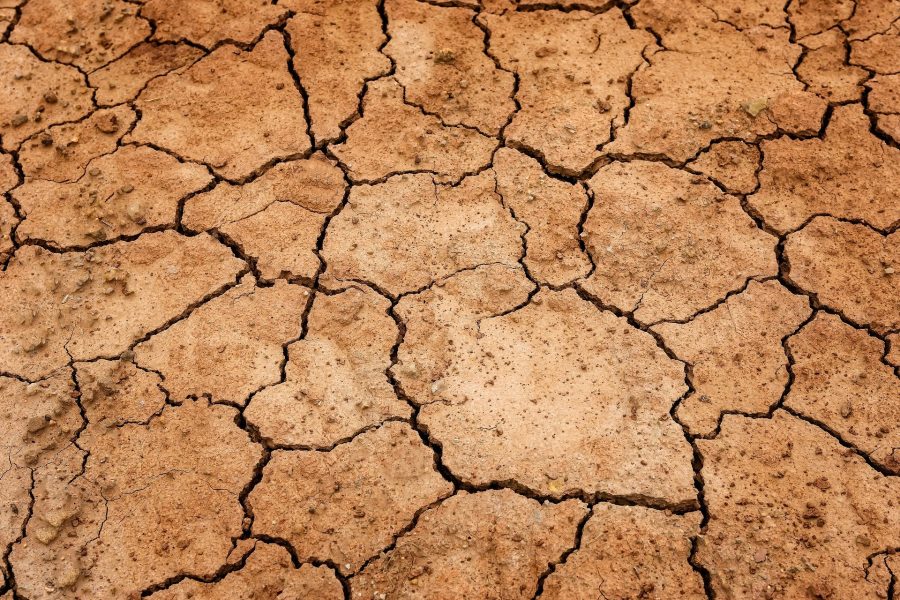Letters to the editor are often thought of as barometers of the public’s mood. While it’s obvious that California has been blue for some time, it’s still instructive to take a look at what residents are saying.
In the Los Angeles Times, for instance, a recent series of letters suggested that because “California and the western United States more broadly are becoming drier,” it’s time to “change the way we live,” and “low-flow toilets and faucets and showers aren’t enough.”
It gets worse. Lawmakers “must mandate no front lawns, with landscaping only from an approved list of water-wise plants,” the Beverly Hills resident insisted. And it has to “be done now, because the water just isn’t there, and we need to use potable water for drinking, food preparation, bathing and washing our clothes.”
Another letter complained that “47% of California’s water footprint is associated with meat and dairy products,” as a third wondered “How can it possibly make sense to increase development” of “high-density apartment buildings all over L.A. County … with a shrinking water supply?”
It’s as if we’re living in the Paleolithic Age, when humans had to move to water rather than move the water to them.
But we’re not. Water can be carried great distances (say, from Northern California to the rest of the state). The Egyptians built the first dams about 5,000 years ago, while hundreds of years before the birth of Christ, the Romans were building aqueducts to transport fresh water for cleaning, bathing, and drinking.
Yet California, with hundreds of miles of tunnels, canals, and concrete conduits available to move water throughout the state, is perpetually in drought. Officials are warning that water-use restrictions might be coming, and have asked Californians to voluntarily reduce consumption.
“We all need to do our part to conserve water and use it as efficiently as possible – and make this our way of life,” says California Natural Resources Agency Secretary Wade Crowfoot.
That’s a hard sell to those whose livelihoods depend on the agriculture sector, as a “third year of drought is strangling the farming industry.”
Granted, much of California is arid, with low annual rainfall totals. But ancient technology can turn dry regions wet, and there’s no shortage of resources to fill the pipes.
“California,” says PRI fellow Steven Greenhut, “actually receives enough water through rain, snowpack, and groundwater to fully meet the needs of its still-growing population.”
But policymakers have for decades blocked efforts to keep the water flowing, creating a man-made, virtually permanent drought. Today’s insufficiencies can be traced to the 1970s, when “coastal elites squelched California’s near-century-long commitment to building dams, reservoirs, and canals, even as the Golden State’s population ballooned,” writes Hoover Institution fellow and City Journal contributing editor Victor Davis Hanson.
Not only has construction of new water infrastructure projects been blocked, environmentalists have pressured policymakers “to divert precious water away from agriculture, privileging the needs of fish over the needs of people,” Hanson adds.
A “policy of scarcity,” says Greenhut, “backed by state-imposed limits and edicts,” has desiccated California.
So of course many Californians think that “the water just isn’t there,” even though it is, and can breezily suggest intrusive solutions that should be considered wholly unacceptable in an advanced economy.
At the same time, quite a few know better, and they’re responsible for providing the fuel that drives the state’s BANANA (build absolutely nothing anywhere near anyone) problem. They’re allied, though sometimes merely overlapped, with the eco-radicals who favor fish over human need and are more of an obstacle than the uninformed. Until a different set of public policies emerges, letters such as those to the Los Angeles Times will continue to be as common as the droughts.
Kerry Jackson is a fellow with the Center for California Reform at the Pacific Research Institute.


